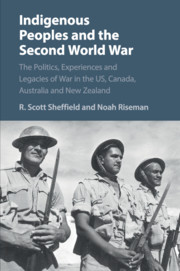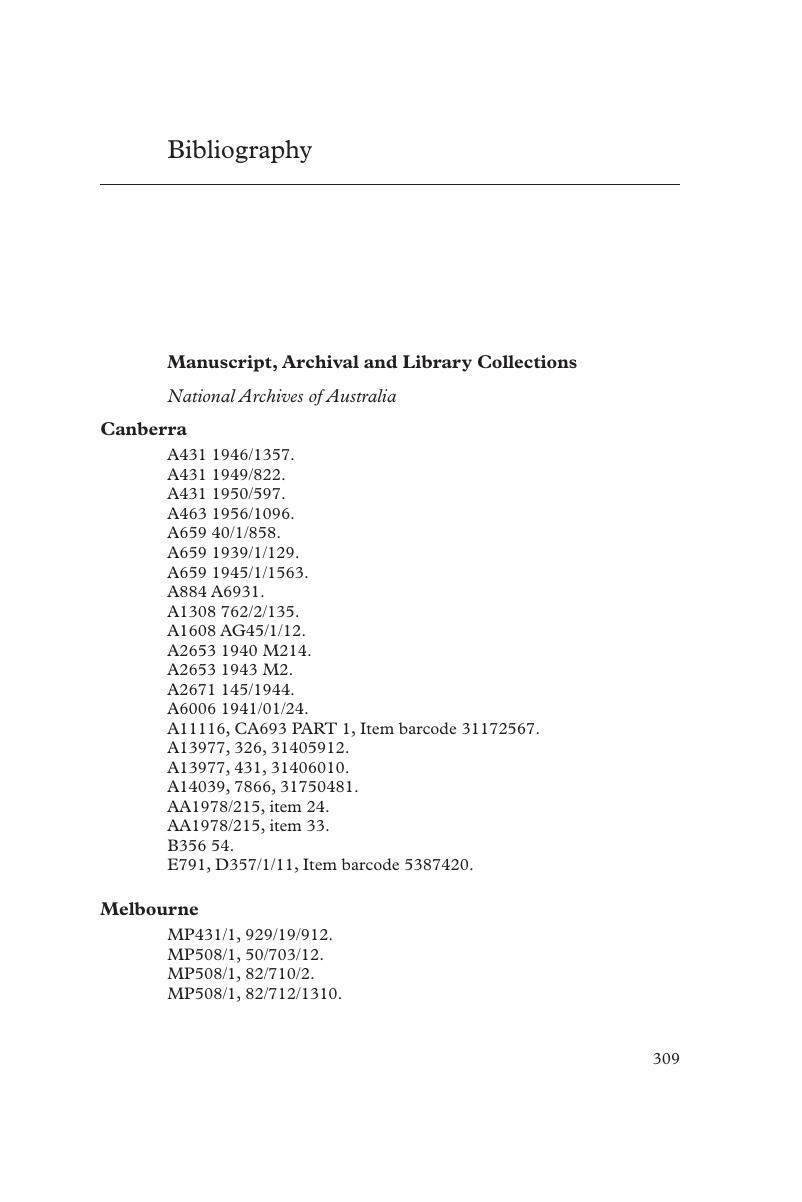 Indigenous Peoples and the Second World War
Indigenous Peoples and the Second World War Book contents
Bibliography
Published online by Cambridge University Press: 26 November 2018
Summary

- Type
- Chapter
- Information
- Indigenous Peoples and the Second World WarThe Politics, Experiences and Legacies of War in the US, Canada, Australia and New Zealand, pp. 309 - 335Publisher: Cambridge University PressPrint publication year: 2018
